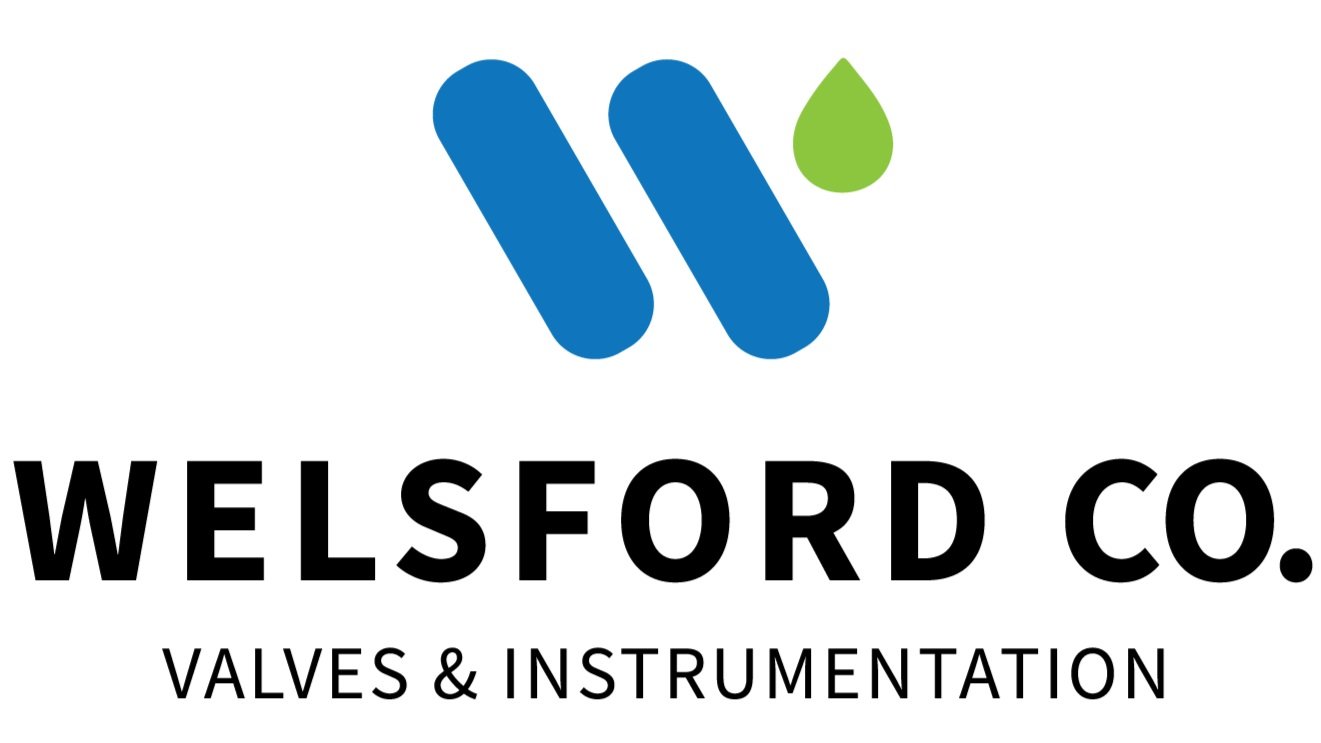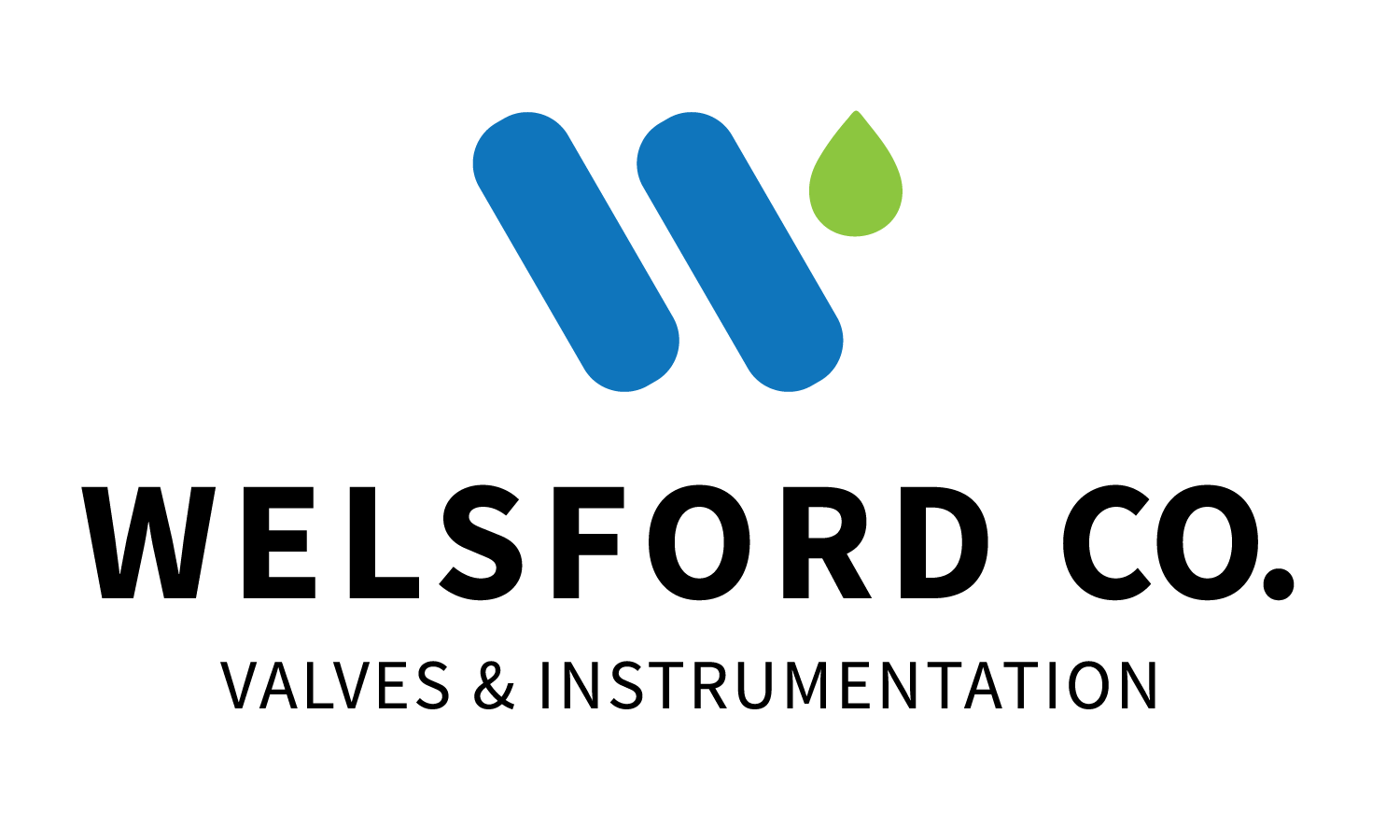Knowlege is the base of our business and we love to share that knowledge with as many people as possible
Browse our published articles and blog posts we have written below
Everything you need to know about valve types
Valves play crucial roles in production lines and equipment performance across a multitude of industries.
In the selection process of valves, you have to take into consideration different factors that are specific for your application. First, you have to know what function you want the valve to perform. Whether it is for the prevention of backflow, flow control, separation of two different fluids or for other functions.
What is a Duty Cycle and How Does it Relate to Electric Ball Valves?
Electric actuation improves the efficiency of processes by maintaining the accuracy of the repetitive opening and closing of the ball valves. Electric actuators are compact and scalable flow control devices that can deliver varying torque. Duty cycle is a common term when it comes to the selection of electric ball valve actuators. The duty cycle of a valve actuator has an impact on the service life of the actuator. Each actuator has an appropriate usage rate that guarantees the safe operation of the actuator under diverse operating conditions. Exceeding the recommended duty cycles comes with its dangers. The electric motor is likely to overheat, causing damage to electrode brushes and other actuation components.
Gas Ball Valves In Industrial Applications - 5 Things to Keep in Mind
Unlike the standard ball valves, most gas ball valves are tested and approved by CSA. These valves are vital for combustible gas service in different industrial applications. They are used in natural gas, manufactured gas, and liquefied petroleum gas pipelines.
Actuated Butterfly Valves 101: All You Need To Know About Their Application In Piping Systems
Butterfly valves are quarter-turn flow control or isolation devices, used for quick shut-off in piping systems.They have compact and lightweight designs that improve the coefficients of flow, limit pressure drops and enhance pressure recovery.
Practical Guide To Electric and Pneumatic Actuators – Which One To Choose?
While electrical and pneumatic actuators have several unique benefits and are preferred in different applications, using the wrong one for your application can have serious consequences. However, choosing between them can be quite confusing. This article explores the working principles and differences between pneumatic and electric actuators, before comparatively analyzing their features to help you choose the right one for your application.
How Do Check Valves Affect Water Pressure in the Piping System?
Check valves also known as "one-way" valves are autonomously operated unidirectional valves that allow fluid to flow in a singular direction, thus reducing or preventing backflow. They are created with some key factors in mind, like the fluctuating nature of the closing assembly and pressure changes in the fluid flow upon closing of the flow restrictor. One of the most important considerations to be taken while installing a check valve is the orientation in which it is to be installed.
Using an Actuated Ball Valve Or a Solenoid Valve For Best Fluid Control In The System
Both ball valves and solenoid valves serve a wide variety of applications. From a 3 way ball valve to a gas solenoid valve, one can find them employed anywhere from the domestic to the industrial sectors. When contemplating the decision between these two categories of valves, many considerations should factor into the evaluation including actuation arrangement, power supply, size, pressure, speed, materials of construction, and failure mode to name a few.
What are the types of solenoid valves?
Favored for offering low power consumption, a compact space envelope, superior speed of operation, and a high cycle life, a solenoid refers to a specific classification of valve that relies on the principle of electromagnetism to actuate the subject device.
What does a double acting actuator do?
To properly convey the function of a double acting valve actuator, one must first cover some background material on actuators as a general category. Whether as a simple linear piston actuator or an explosion-proof, multi-turn electric motor, an actuator is a device that works in conjunction with a valve to automate the process of stroking that valve. Without such a device, all valve operation would prove a manual exercise wherein every valve would require the direct physical manipulation of a lever, handwheel, gear operator, or similar item in order to open or close the flow path each time a process required the valve to stroke.
What is the cracking pressure of a check valve?
Check valves, regardless of the individual design, serve the specific purpose of permitting the flow of the service medium in one direction while intentionally preventing, or at least limiting, the flow of said medium in the reverse direction. Whether an inline check valve, wafer check valve, swing check valve or lift check valve, each version will necessarily have a dynamic element, whether disc, door, flapper, or ball, whose movement directly corresponds to the opening or closing of the subject flow path.
What Check Valve Should I Use for my Application?
From industrial gas lines to household appliances, from wastewater treatment to pharmaceutical processing, from fuel pumps to air compressors, the functionality of check valves remains diverse, running the gamut through a myriad of liquid, gas, and slurry applications.
What is the Purpose of a Vented Ball Valve?
Whether closing off flow to a sink’s supply lines in a home plumbing application, isolating a leg of pipe to service a device in a refinery, or directing the flow of clean steam for sterilization in a pharmaceutical process, the ball valve proves a ubiquitous institution across both domestic and industrial landscapes.














